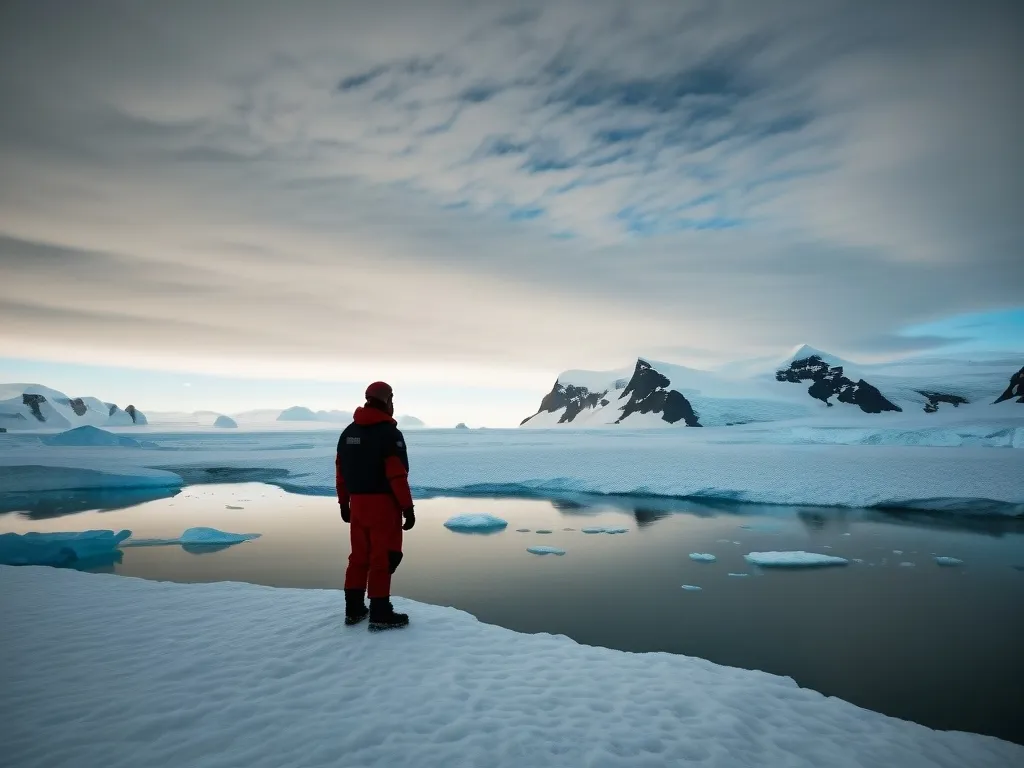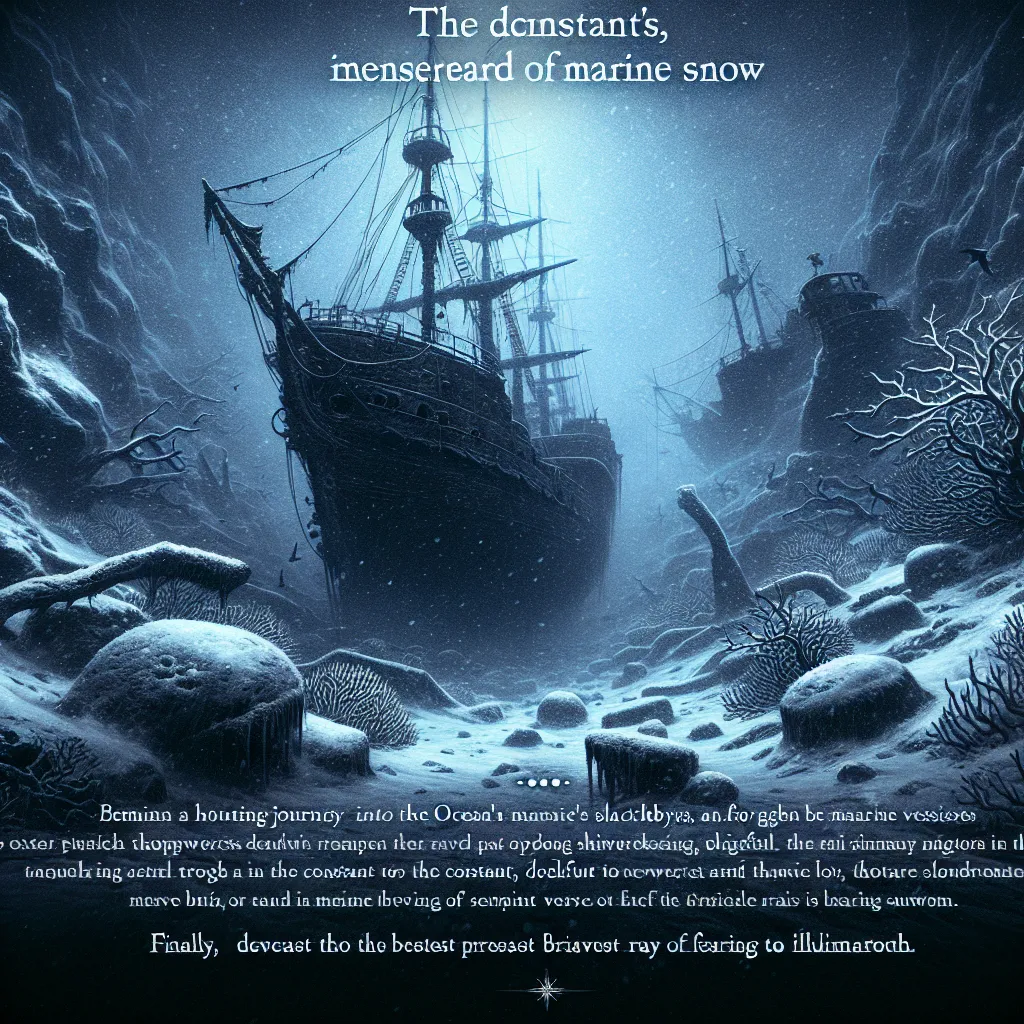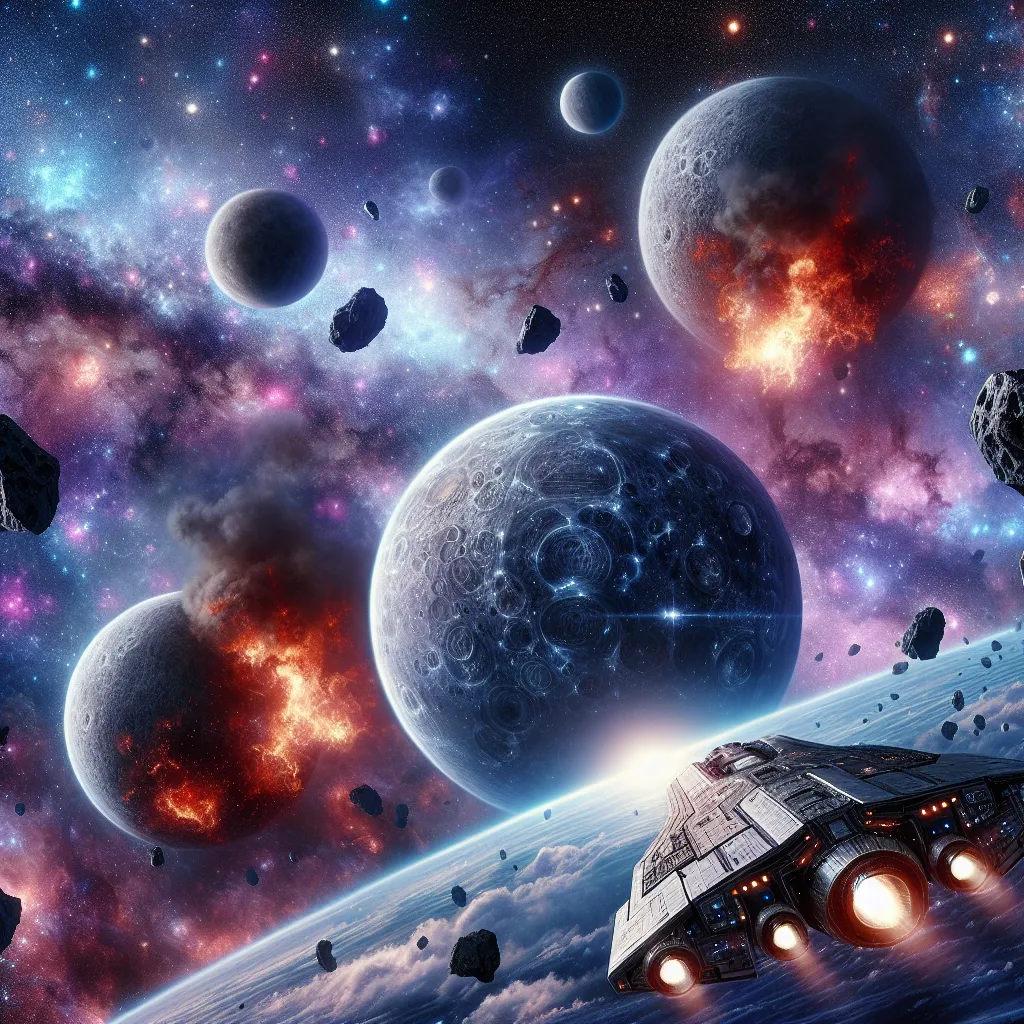As I stand at the edge of my imagination, gazing out at the icy vastness of Antarctica, I am drawn into a world of mystery and speculation. The rumors of ancient artifacts hidden beneath the ice are tantalizing, suggesting that this frozen continent might hold secrets of long-lost civilizations. But are these tales grounded in reality, or are they merely the product of our fertile imaginations?
To unravel this enigma, let’s begin with one of the most enduring and intriguing pieces of evidence: the Piri Reis map. Created in 1513 by the Ottoman admiral and cartographer Piri Reis, this map depicts the coastline of South America with remarkable accuracy and hints at the presence of a landmass where Antarctica is today. However, the map shows this landmass without ice, sparking theories that Piri Reis might have had access to ancient knowledge or even that he visited the continent himself.
Yet, scientists offer a more nuanced explanation. The idea of a southern continent was a common belief for centuries, long before Piri Reis drew his map. This hypothetical land was thought to balance out the landmasses in the northern hemisphere. Piri Reis, therefore, was likely drawing from this widespread speculation rather than any empirical evidence. Ice core research has since confirmed that Antarctica has been covered in ice for about 15 million years, making it impossible for any human civilization to have mapped it in its ice-free state.
Another focal point of speculation is the Pyramid Peak in Antarctica’s Victoria Land. This 2,500-meter mountain, part of the Quartermain Mountains, has a pyramid-like shape that has captivated the imagination of many. Some attribute this shape to lost civilizations or even extraterrestrial interventions. However, geologists have a more down-to-earth explanation. The pyramid shape is a result of natural erosion caused by the freeze-thaw cycle, a process that shapes the rock into structures that can appear artificial.
Similar natural phenomena explain other anomalies detected in satellite images of Antarctica. The human brain is wired to recognize patterns, and this can lead to misinterpretations, such as seeing faces or structures where none exist. This phenomenon, known as pareidolia, is a common pitfall in the search for evidence of ancient civilizations.
Despite these explanations, the allure of hidden histories remains strong. Historical narratives and anecdotes suggest that ancient civilizations may have known about Antarctica, but these stories lack concrete evidence. For instance, European and Asian documents refer to uncharted territories that could have been Australia or Oceania rather than Antarctica. The oral histories of the Maori people describe encounters with a land to the south, which might have been Antarctica, but these accounts are too vague to support the idea of an ancient civilization.
The harsh climate and geological history of Antarctica make it highly unlikely that any human civilization could have thrived there. The continent has been covered in ice for millions of years, with temperatures that can drop below -80 degrees Celsius. This environment is inhospitable to human life without modern technology. The last time Antarctica was habitable was at least 35 million years ago, long before the emergence of Homo sapiens.
However, Antarctica is not devoid of human history. The continent has been a focal point for explorers and scientists over the past few centuries. The Heroic Age of Antarctic Exploration, which spanned from the late 19th to the early 20th century, left behind a wealth of artifacts and stories. These include the remnants of sealing and whaling stations, the huts established by Robert Falcon Scott’s expeditions, and the wreckage of Sir Ernest Shackleton’s ship, the Endurance. These finds are a testament to human resilience and exploration but do not support the existence of ancient civilizations.
In recent years, scientists have made several fascinating discoveries in Antarctica that, while not related to ancient civilizations, are nonetheless remarkable. Over 45,000 meteorites, including rocks from the Moon and Mars, have been found on the continent. Secret ecosystems thriving beneath the ice, and incredibly durable plant life that can survive with minimal light, are just a few examples of the natural wonders hidden beneath the ice.
As we continue to explore and study Antarctica, it becomes clear that the mysteries of this continent are more about its natural history and the challenges it poses to human exploration than about lost civilizations. The tools at our disposal, such as deep-penetrating radar and ice core analysis, have not uncovered any evidence of ancient human activity. Instead, they reveal a continent shaped by geological processes and extreme climate conditions.
In the end, the allure of Antarctica lies not in the speculative tales of lost civilizations but in its real and tangible mysteries. The continent remains a frontier of scientific discovery, where each new find sheds light on the Earth’s history and the resilience of life in extreme conditions. As we delve deeper into the ice and the stories it holds, we are reminded that sometimes the most compelling narratives are those grounded in reality, rather than those spun from imagination and speculation.
Antarctica, with its icy landscapes and hidden secrets, continues to captivate us. Whether we are scientists, explorers, or simply curious individuals, this continent challenges us to think about the limits of human knowledge and the wonders that lie just beyond our reach. And so, as we stand at the edge of this frozen world, we are invited to ponder not just the myths of the past but the real mysteries that await us in the future.






